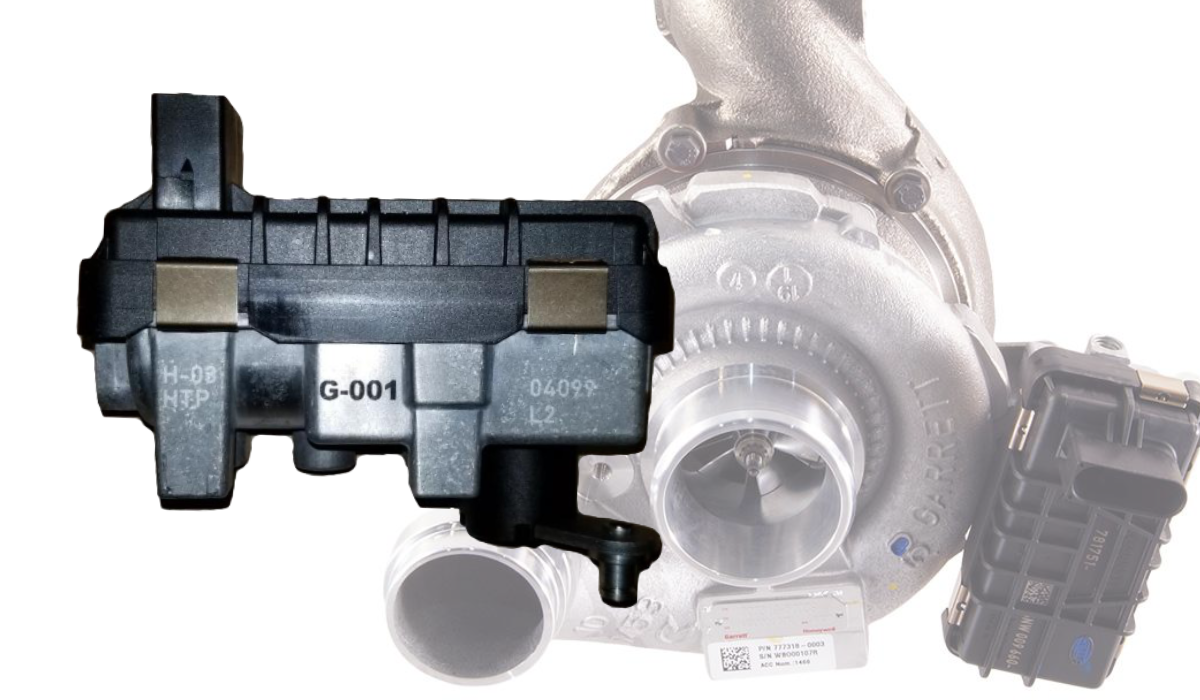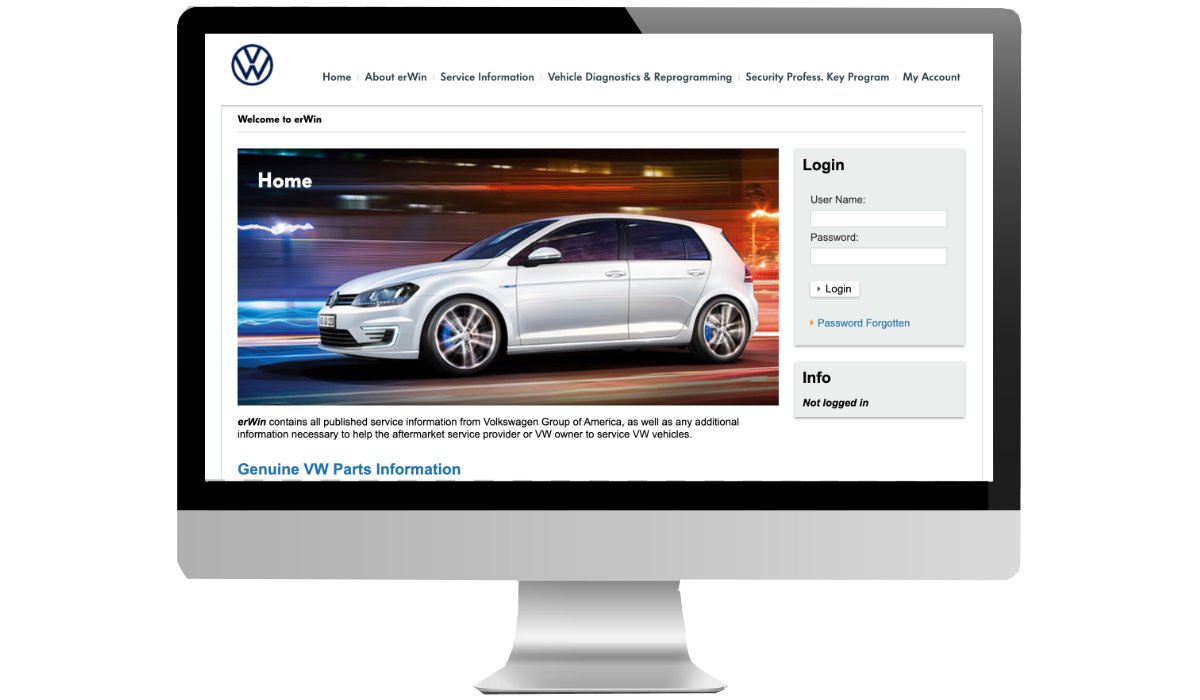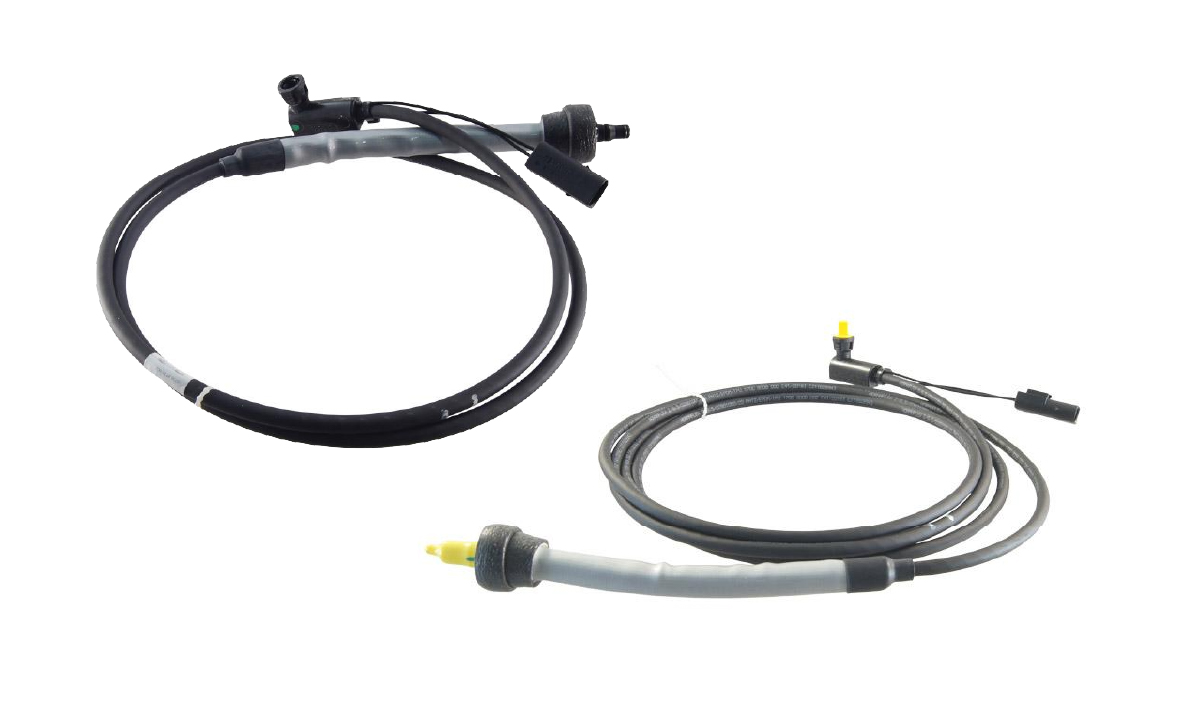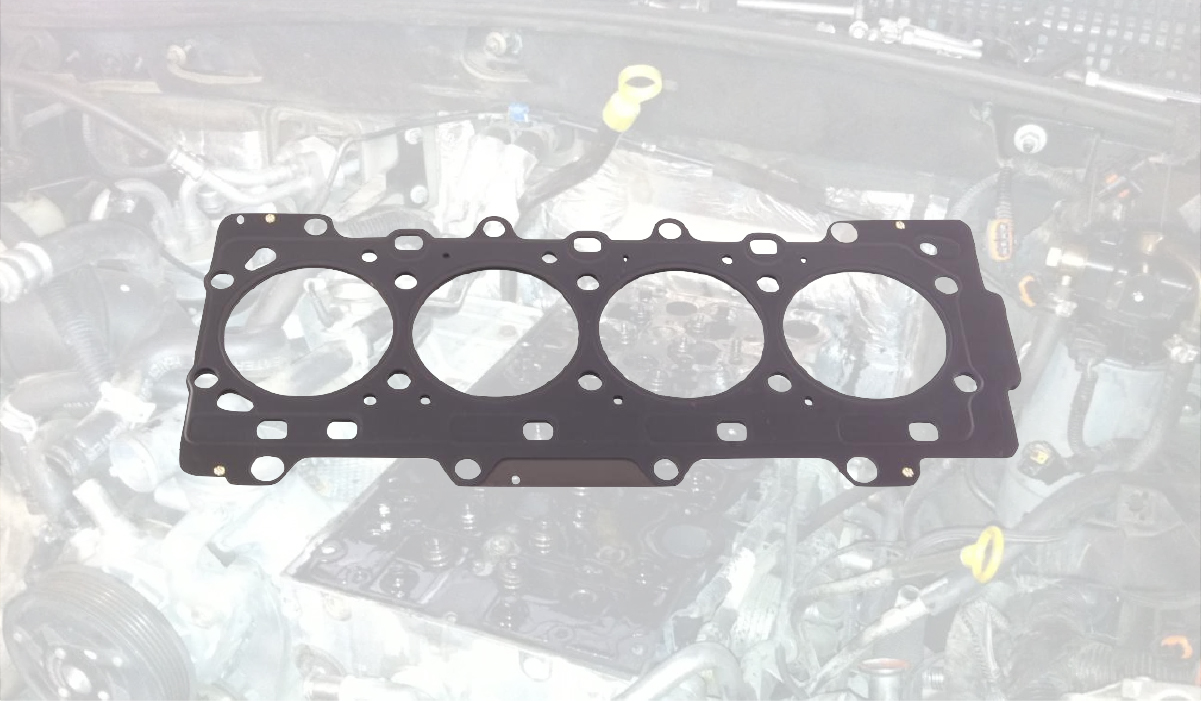Shopping for brake pads means having to weigh many different characteristics—noise, price, dust, performance, life—against one another to choose a pad that’s right for your driving style and requirements. Most often, this boils down to choosing a brake pad made from the material you like at the right price. In this article, we’ll explain the basics of brake pads so you can understand what to look for next time you replace your brakes.
HOW TO KNOW WHEN YOU NEED NEW PADS
Brake pads can last anywhere from 30,000 to 100,000 miles—some wear out sooner, and some can last even longer. If you own a MkIV or later TDI, your car comes with a brake pad wear sensor on the dash that indicates when you need to change your front brake pads, but rear pads do not have wear sensors. For those you’ll have to check for wear the old fashioned way, by kneeling down and taking a look at the pad. Usually, there are wear markers on the side of the pad.

A COUPLE USEFUL TERMS: BRAKE FADE & FRICTION CODES
BRAKE FADE
Brake fade, or heat fade, describes the reduction in a pad’s ability to create friction at high temperatures. In the case of brake pads, it’s a key characteristic, because brake pads are subject to intense heat, and the ability of a pad to create friction at high temperature translates to how quickly a car can stop during intense usage. Depending on the material makeup of a brake pad, heat fade may be higher or lower, and higher-quality pads will be less susceptible.
FRICTION CODES
Friction codes are two-letter codes that indicate how much friction a pad can create. Most high-quality brake pads have friction codes printed on the backing panel of the pad or on the edge of the pad (they’re also called edge codes). The ratings are arranged alphabetically, with the first letter indicating the friction rating of the pad when it’s cold, and the second when it’s hot. For example, a friction rating of “gg” is higher than one of “ee”. The average brake pad has a code that’s either the same at both temperatures or lower when the pad is hot. If a brake pad has a higher friction rating when it’s hot, it’s probably a high quality pad, whereas one with a lower friction rating at high temperatures is probably of lower quality.
PAD MATERIALS
Different materials provide different friction and wear characteristics. Brake pads nowadays are generally made from one of three different types of materials: they’re either ceramic, organic, or semi-metallic, described below.
ASBESTOS PADS
Historically, brake pads were made of asbestos, because it provides solid friction without being susceptible to heat fade. Well, we all now know that asbestos, while being extremely useful for things like insulation and brakes, is extremely bad for people’s lungs. The dust created from normal brake pad use proved to be dangerous, so in the 70s brake manufacturers had to find different pad materials.
ORGANIC
Organic brake pads are comprised of a wide variety of organic materials, usually mixed together, including Kevlar, glass, asphalt, rubber, plant fibers, and a resin or glue to bind the materials to one another. The exact combination and choice of materials varies from brand to brand. They also contain a bit of metal, up to 20 percent, often in the form of copper shavings. Organic brake pads tend to be a little softer than the other types, and tend to wear faster. However, they’re also often the least expensive replacement pad.
SEMI-METALLIC
The second and most common type of brake pad, semi-metallic, has more metal in them than organic brake pads. A mix of graphite, iron, copper, and other metals is combined with organic materials to form a durable brake pad. These pads are OE (Original Equipment) on VWs and are commonly made by TRW or ATE in current cars. While they are probably the noisiest out of the three, because of the metal-on-metal contact, they wear slowly and are available in a wide range of prices.
CERAMIC
The third type of brake pad, ceramic, is the material of the future for passenger car brake pads. Ceramic compounds have changed the game: they have longer life, lower dust, and the same or superior friction ratings when compared to other pad materials. Early versions were known to be noisy when cold and less “grabby” at higher temperatures, but as technology has progressed, noise and heat fade problems have all but disappeared. Now ceramics have made their way into the OEs as well–a lot of high-end Mercedes and BMWs now have ceramics straight from the factory. They produce very little noise and dust to boot. While ceramics tend to be a little more expensive, there are few other downsides, and the price may drop as technology progresses and these compounds become easier to manufacture.
MATERIALS COMPARED
Here’s a chart comparing the three common pad types. Review this chart considering the balance of performance/life/and cost that’s important to you.
| Organic | Semi-Metallic | Ceramic | |
| Pad Life | Shorter life than other two types | Very durable, significantly longer life than organic | Very durable, similar or longer life than semi-metallic |
| Performance Characteristics | Reassuring initial “bite”
Strong braking power Prone to fade at high temperatures |
Least strong braking power of the three types
Less prone to fade than organic |
Less initial “bite” on application
Highest resistance to heat fade of the three types |
| Dust Generation | Most dusty | Some dust | Very low dust |
| Noise Characteristics | Quietest of the three types | Some noise in use, but often difficult to hear | May squeal on light application when cold, otherwise quiet |
| Cost | Typically lowest cost | More expensive than organic, some OE manufacturer pads more expensive than ceramic | Costs vary from low cost aftermarket pads to high cost performance pads |
TWO MORE USEFUL FEATURES TO KNOW ABOUT: SHIMS AND CLIPS
SHIMS
Shims are a piece of material that’s placed on the backside of the brake pad, which can limit how much vibration occurs between the pad and the caliper. Whenever you hear a brake pad squeal it’s because the pad is vibrating at a high resonance, producing noise. Brake pads with shims will be much less noisy than cheaper pads, which usually don’t have them. Shims are usually made from metal plates with or without rubber coatings.
CLIPS
Many European brake manufacturers use stainless steel clips on the arms of the caliper carriers. They help the pad slide in and out smoothly during operation, and help the pad contact the rotor fully. It’s recommend that you replace the clips when you replace the pads.
TYING IT ALL TOGETHER
When it’s time to replace brakes it’s common to hear drivers ask for “whatever was OE” on their car, because those pads have given good life and acceptable performance. If you want to replicate the braking performance your car had when new, semi-metallic pads may be your best choice. However, there are other options: organic when cost considerations rule, or ceramic if you want to keep wheels clean and/or have stronger brake performance in hard use. Costs of each type tend to overlap, so you can often find the material you want at a favorable price if you shop around.
See also Brake Rotor Basics for more info on brakes.
Related Parts:







Leave a Reply